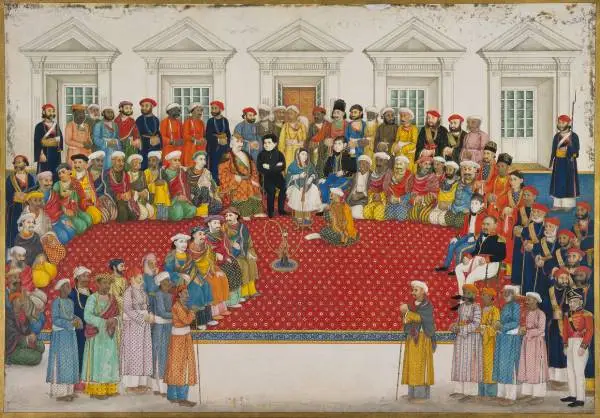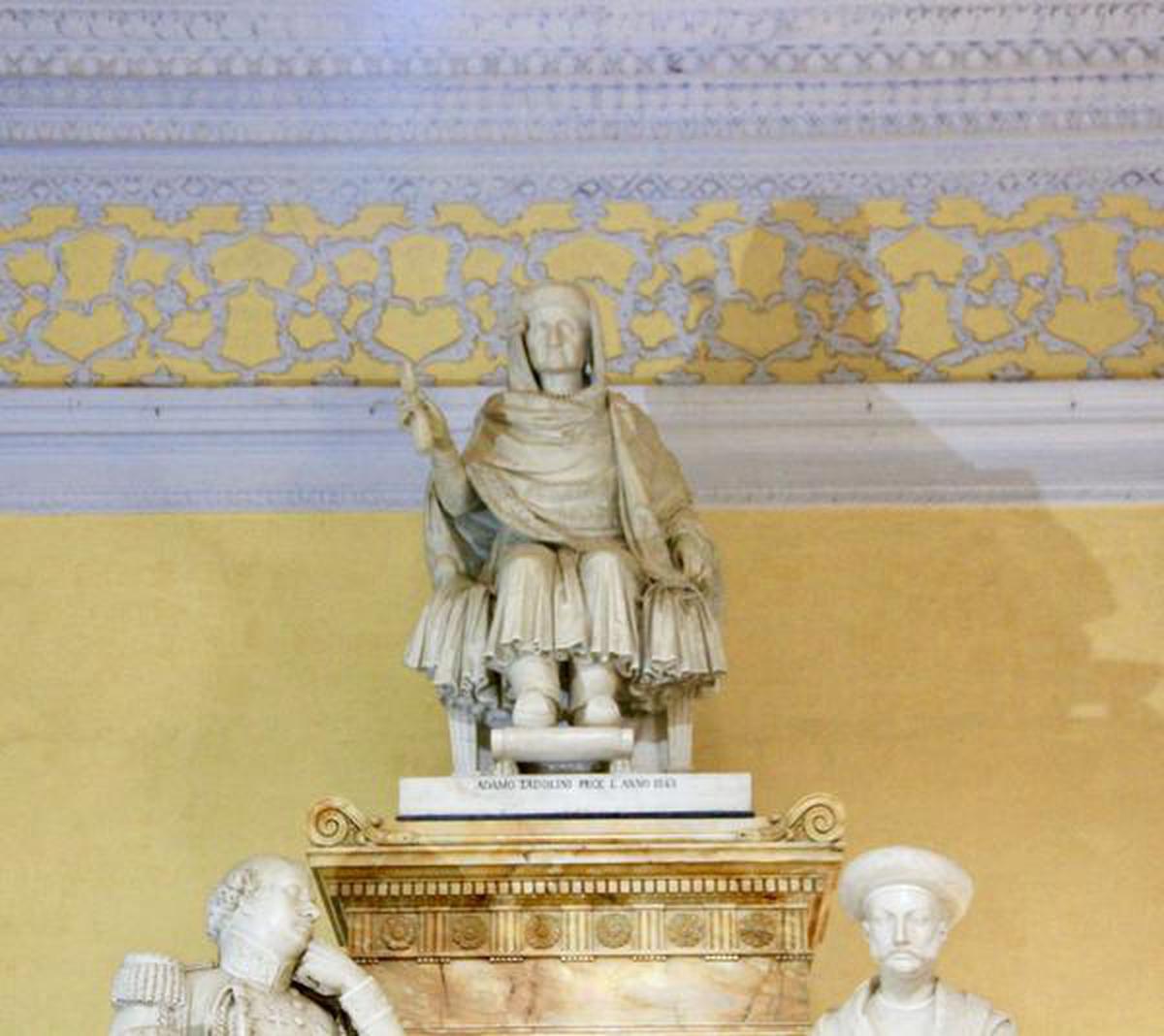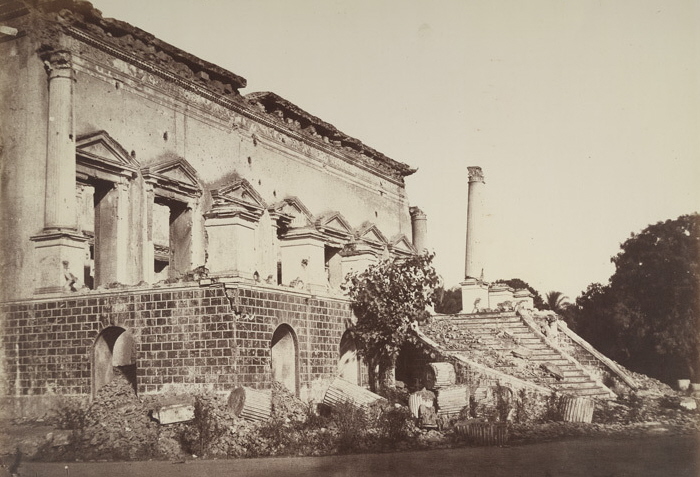


Begum Samru died in January 1836, at the age of 82 or 83, leaving behind immense wealth but without an heir. Her inheritance was assessed as approximately 55.5 million Gold Marks in 1923 and 18 billion Deutsch Marks in 1953. It was one of the grandest Indian fortunes of the time, equivalent to an unimaginable 40 billion dollars today. The East India Company, Britain’s imperial agent in India, inherited her fortune and her inheritance continues to be disputed to this day. An organisation named "Reinhard Erbengemeinschaft" still strives to resolve the inheritance issue.
She was buried under the Basilica of Our Lady of Graces which she had built in Sardhana. An 18-foot-tall marble sculpture of Begum Samru - her torso draped in a shawl - towers near the altar.

Begum Samru's palace in Chandni Chowk, now called Bhagirath Palace, was built in a garden gifted by Akbar Shah, a latter-day Mughal, to the Begum when he ascended the throne after the death of Shah Alam in 1806. Her palatial building still stands in Chandni Chowk, New Delhi, and is owned by the State Bank of India, Chandni Chowk Branch.

Yet, she is largely forgotten today, and Bhagirath Palace is one of only two physical markers of her existence in the country’s storied history.
Incidentally, Begum Samru was depicted as a prominent noble lady in the TV drama series 'Beecham House' first aired in June 2019. Lara Dutta portrayed the role.
